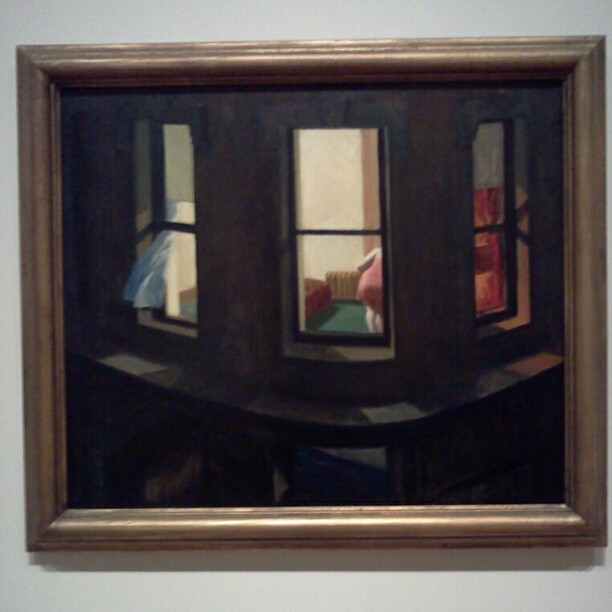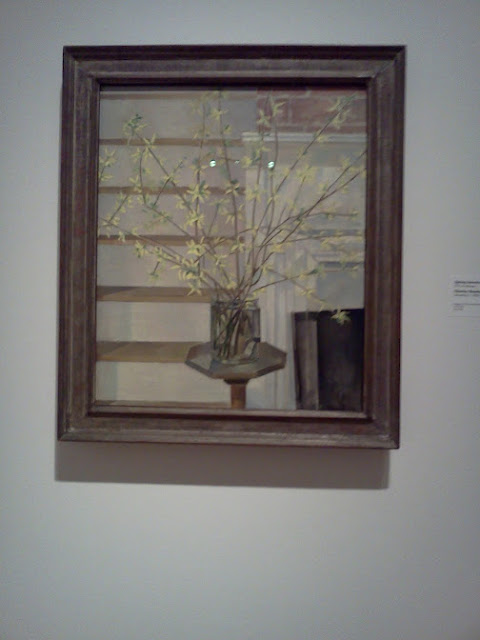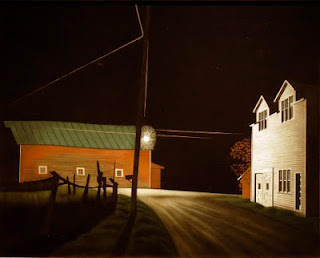I was commissioned to paint the cover of a fake children's book. The fake book could be of whatever I wanted, so I chose a disturbing bible story as a subject. This was all part of a larger novel about children's books. Below is my watercolor and the story that was written for it:
Perhaps she snatched the bow from one of the tasty whippersnappers?
The Bad Children of Bethel.
In it some little kids make fun of a wayward bald man and he curses them, after which two she bears arrive to dispatch with the naughty children. Yes. She bears. Some low impact Googling was enough to find the original story. As you may guess, something this effed up could only come from the Bible (2 Kings 2:23-24). The good book version is short and sweet:
And he went up from thence unto Bethel: and as he was going up by the way, there came forth little children out of the city, and mocked him, and said unto him, Go up, thou bald head; go up, thou bald head.
And he turned back, and looked on them, and cursed them in the name of the LORD. And there came forth two she bears out of the wood, and tare forty and two children of them.
As you might guess from the naturalistic illustration, the children’s book is more of a secular cautionary tale. The she bears are not deployed by the Lord. Instead they just appear, as if attracted by the tantalizing scent of schoolboy mischief. And instead of ripping the children 42 new ones the she bears chase them back to town where presumably they reflect on a lesson well learned and leave their pee soaked shorts for their mothers to wash (wise, since I assume the odor of little boy urine might also attract bears?).
I’m not sure what’s weirder. That a story where God orders some bears to whack a bunch of kids exists in the first place or that to someone this material seemed like fertile ground for a children’s story. And lastly, why she bears?















.jpg)






































